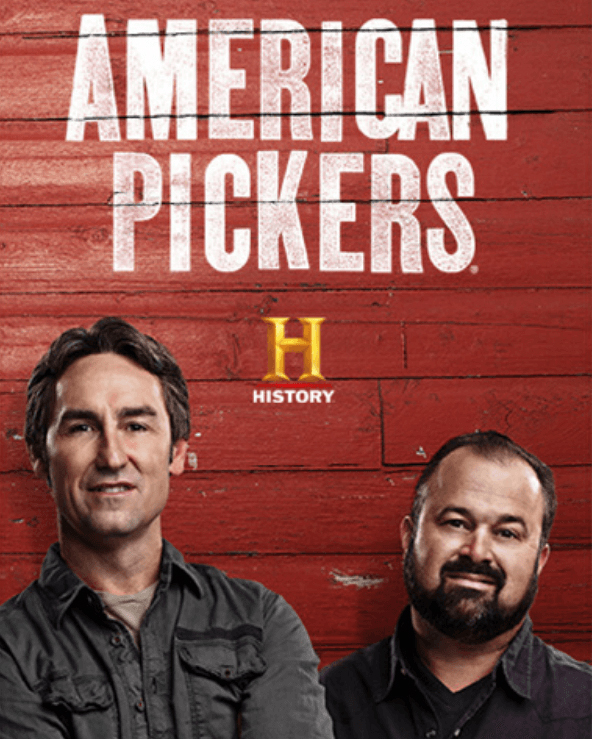– By #Pioneer Auto Show
While it may be hard to imagine everyday life without items such as cell phones, computers, televisions and mp3 players, those living in the early 1900’s not only survived without those modern conveniences, but were also accustomed to life without things we now consider necessities, such as refrigerators, cars and grocery stores on every corner. Continue reading to learn more about some of the key differences between early American life and our experiences today, and what a typical day looked like for those living at the turn of the 20th century.
Meals
Without fast food restaurants on every corner and microwaveable dinners, home cooked meals made from scratch were the norm. Breakfast commonly consisted of eggs, pancakes and bacon, although they were getting edged out by the recent invention of cold cereal, which was considered by many to be healthier. Fruits weren’t as abundant as they are today, and milk and dairy were rarely consumed because of lack of refrigeration. Potatoes were a huge staple of the American diet, along with turnips, beets, asparagus, tomatoes, lettuce and carrots. Meal planning was limited by what families had on hand, as well as the meager offerings at the local general store.
School
After a satisfying breakfast, most American children today make their trek to school. However, in the early 1900’s, only around 50% of kids ages 5-19 were enrolled in public education classes. Many children in rural communities stayed home to work on the farm, or were employed in other hard labor jobs to help support their family. This changed in 1918, when all states required children to complete elementary school.
Work
The average workplace also looked quite different at the beginning of the 20th century. As previously mentioned, children comprised much of the workforce at that time, with some working upwards of 15 hours a day. This continued until 1938, when Congress passed the Fair Labor Standards Act, which restricted the type and amount of work those under the age of 18 could perform. In addition to the wide use of child labor, adults also put in long hours, with many laboring from sunrise to sunset six days a week. Not only were people over-worked, but it was common to be exposed to rain, snow and extreme heat while on the job, resulting in injury, and in many cases, death. The early 1900’s saw unions being formed and legislation passed in order to protect workers, which led to a decrease of workplace deaths by 96% between 1900 and 1979.
Visiting the dentist
While dentist offices weren’t as advanced at the turn of the 20th century as they are today, recent advancements had made it a much more pleasant experience for those receiving dental care in the early 1900’s. Teeth that contained cavities were no longer removed and were instead treated to prevent further decay. Whiskey and cocaine were no longer used to numb pain, as Novocain was invented in 1905 and quickly became a widely used anesthesia. When teeth did need to be extracted, precision tools were used instead of pliers, making the process easier for both dentist and patient.
Jail
Even though jails were often overcrowded places where inmates labored away tirelessly night and day, there was one silver lining – people were often set free well before their official release date to make room for a new batch of prisoners. There are even records of murderers on death row being let back into society to free up some space.
Now that you have a better insight into what life was like for our not-so-distant ancestors, visit us at the Pioneer Auto Show in Murdo, South Dakota and take a walk through our Prairie Town. You’ll be able to view an authentic 1900’s jailhouse, general store, barber shop, train depot, school and more that will transport you back in time.
Last Modified:




